Pictures and news relating to ancient Rome and it's buildings. Both the eternal city and provinces. Some of the pics are taken by me but there are also reblogs and links to sites/news I find interesting. My other tumblr pages: Ancient Greece Buildings Medieval Europe in Pics Roman And Greek Art Art G4llery History In Pics Gatticat Zillion Wonders of the World As for following you - this is a secondary blog so I can't follow you back under this name even I would like to. I follow though a lots of blogs and i've tried to record their URL:s into my "I follow" page.
Don't wanna be here? Send us removal request.
Photo







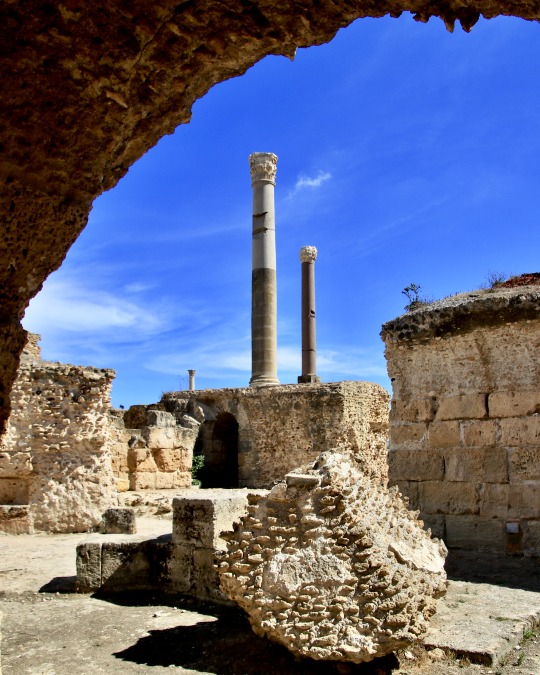


the Baths of Antoninus ( Carthage / Tunisia )
#Baths of Antoninus#Carthage#Tunisia#2nd century CE#ancient#Roman#ruins#Roman baths#original photography
101 notes
·
View notes
Photo
Third largest thermae of Roman empire, built during 2nd century CE.

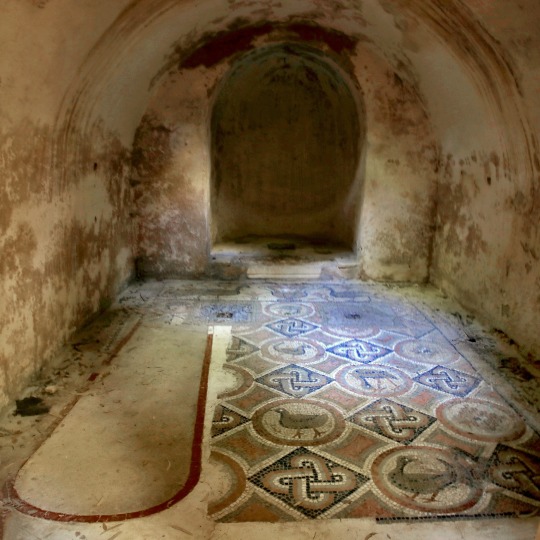
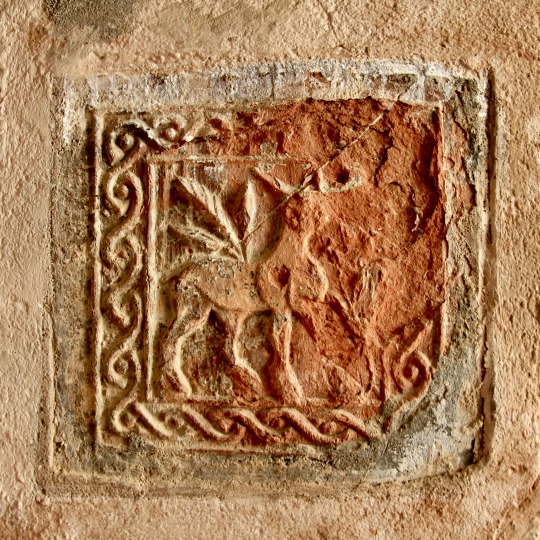




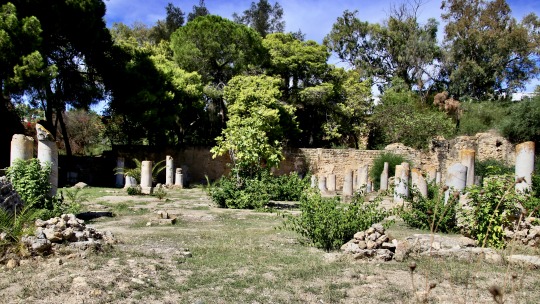
the Baths of Antoninus ( Carthage / Tunisia )
#Carthage#Baths of Antoninus#2nd century CE#Roman baths#ancient#Roman#ruins#Tunisia#original photography
63 notes
·
View notes
Text
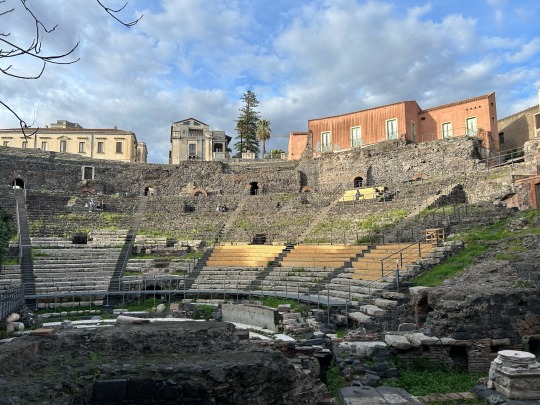

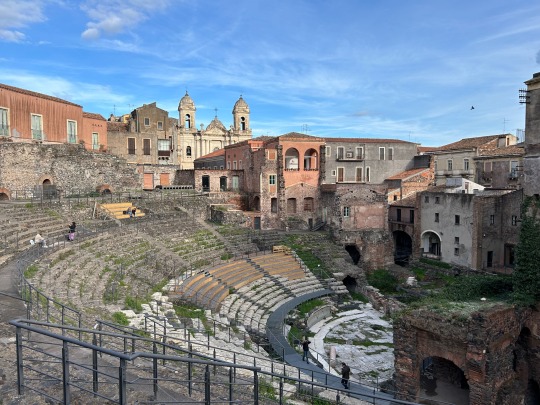
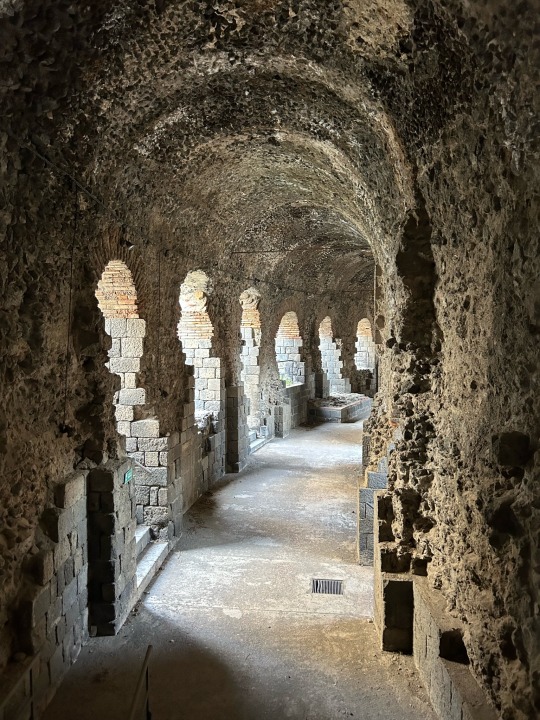
The Ancient Roman theater of Catania, Sicily. Like many other ancient theaters, later buildings used the theater for their foundations.
Feb 26, 2024
736 notes
·
View notes
Text
The Domus of Pachius Proculus, probably owned by a prominent Pompeian citizen, dates back to the 2nd century BC. Articulated on three floors, it was built of limestone blocks, the main entrance to which preserves the famous mosaic depicting a dog tied to a chain between half-open doors, adorned with military symbols. Domus' is the Latin word for Roman family dwellings of a certain economic level.

(English / Español / Italiano)
La Domus de Paquius Proculus, probablemente propiedad de un destacado ciudadano pompeyano, se remonta al II siglo a.C. Articulada en tres plantas, fue construida con bloques calizos, cuyo acceso principal conserva el famoso mosaico que figura un perro atado a una cadena entre puertas semiabiertas, adornado con símbolos militares. ‘Domus’ es la palabra latina que hace referencia a las viviendas familiares romanas de cierto nivel económico.
----------------------------------------------------------------------------
La Domus di Pachius Proculus, probabilmente di proprietà di un importante cittadino pompeiano, risale al II secolo a.C.. Articolata su tre piani, fu costruita in blocchi di calcare, il cui ingresso principale conserva il famoso mosaico raffigurante un cane legato a una catena tra porte semiaperte, ornate da simboli militari. Domus" è il termine latino che indica le abitazioni delle famiglie romane di un certo livello economico.
69 notes
·
View notes
Text
The Clivus Argentarius, Roma, 2nd century BC

(English / Español / Italiano)
Rome, The Clivus Argentarius is an ancient Roman road built in the 2nd century BC between the Capitol and the Roman Forum, partial remains of which are still visible today.
The name 'argentarius' derives from the proximity of the clivo to the area where the bankers and money changers (argentarii) carried out their activities near the Forum.
------------------------------------------------------------------------------
Roma, El Clivus Argentarius es una antigua calzada romana construida en el siglo II a.C. entre el Capitolio y el Foro Romano, de la que aún hoy pueden verse restos parciales.
El nombre "argentarius" deriva de la proximidad del clivo a la zona donde los banqueros y cambistas (argentarii) desarrollaban sus actividades cerca del Foro.
------------------------------------------------------------------------------
Roma, Il Clivus Argentarius è un’antica strada romana costruita nel II secolo a.C. situata tra il Campidoglio e il Foro Romano e i cui resti parziali sono ancora oggi visibili .
Il nome “argentarius” deriva dalla vicinanza del clivo alla zona dove operavano i banchieri e cambiavalute (argentarii), che svolgevano le loro attività nei pressi del Foro.
Source: Roma Ieri E Oggi by Elio Minerva
105 notes
·
View notes
Text
Atrium. House of the ancient hunt, Pompeii
Watercolor by Luigi Bazzani , 1886

The same atrium photographed more than 130 years later 👇

Photo: © Luigi Spina - Pompeii Parco Archeologico.
Impressive
614 notes
·
View notes
Text
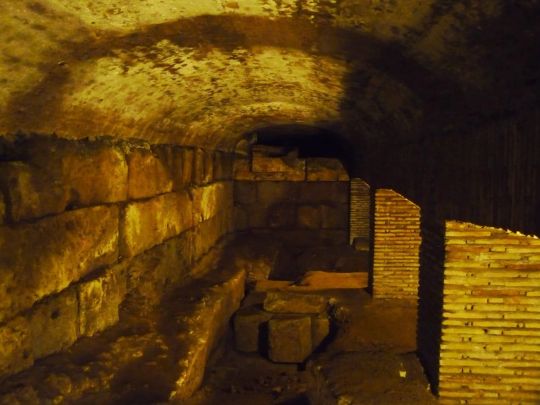
Underground Rome - Temple of Janus (San Nicola in Carcere)
* 3rd century BCE
Rome, July 2012
36 notes
·
View notes
Text

Baths of Caracalla, frigidarium
Rome, July 2007
78 notes
·
View notes
Text
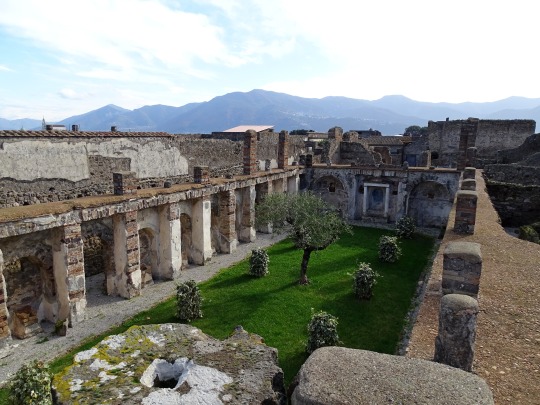
A sunken garden.
Casa dell’Ancora (House of the Anchor)
Pompeii, Dec. 2019
299 notes
·
View notes
Photo


shiningjasmin
Via Appia Antica, Rome. Ancient ruins of ancient Rome. II century BC.
The “Park of the Appia Antica” include the first 16 km of the ancient consular road (from Porta San Sebastiano to the intersection with Via Appia Nuova in Frattocchie).
34 notes
·
View notes
Photo

Face of the Forum of Nerva. 1566. Cornelis Cort. Dutch 1533-1578. pen/ink drawing.
http://hadrian6.tumblr.com
111 notes
·
View notes
Text

Map of Rome
Attribution:
Unknown authorUnknown author (H. Jordan ?), Public domain, via Wikimedia Commons
61 notes
·
View notes
Text

Palatine Hill Rome, Italy
632 notes
·
View notes
Text

42 notes
·
View notes
Text

The cryptoporticus of Aeminium. A series of arched passageways, known as cryptoporticus, located in what was the forum of the ancient Roman city called Aeminium (present-day Coimbra). It's one of the largest surviving Roman structures in Portugal.
243 notes
·
View notes
Text

Teatro Marcelo, Roma
431 notes
·
View notes
Text


The Greco-Roman theatre of Monte San Nicola in Campania is built into the side of the mountain and offers a gorgeous view of the surrounding countryside. It has an adjacent temple and it was probably in use between the 1st century BC and the 2nd century AD after which it was abandoned and forgotten. It was rediscovered in 2001 when a local historian noticed an outline of the ruins from an airplane after a recent bushfire had cleared the vegetation covering them.
1K notes
·
View notes